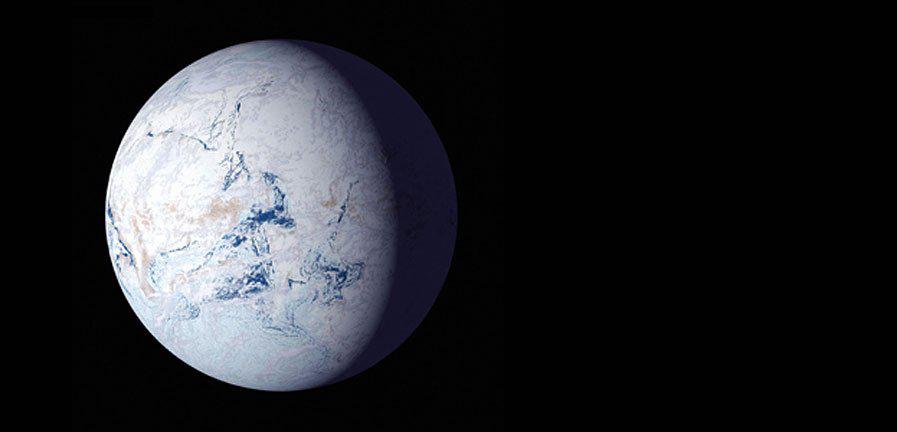We often perceive life on Earth as an uninterrupted lineage of biological triumph, originating shortly after the planet’s formation and persisting unchallenged to the present day. While this narrative holds true in part, with Earth taking shape over 4½ billion years ago and life emerging shortly thereafter, the journey of life has been far from smooth. Despite enduring numerous challenges such as resource scarcity, ice ages, asteroid impacts, and mass extinctions, life has not only survived but thrived, adapting to thrive in virtually every ecological niche on our planet.
However, one event came perilously close to extinguishing life on Earth: a cataclysm known as the Great Oxygenation Event or the Oxygen Catastrophe. Oxygen, a defining feature of our biosphere, became a destructive force when it accumulated significantly around 2 billion years after Earth’s formation. The gradual oxygenation of the atmosphere proved fatal to many early organisms, triggering a prolonged ice age that encased the entire planet—a scenario now known as “Snowball Earth.” This crisis pushed life to the brink of extinction, marking a pivotal moment in Earth’s history.
The emergence of photosynthetic organisms, particularly cyanobacteria, played a crucial role in shaping Earth’s atmosphere. These ancient organisms, appearing around 2.7 to 3.5 billion years ago, harnessed sunlight to convert carbon dioxide and water into sugars, releasing oxygen as a byproduct. Cyanobacteria, unique for producing oxygen among photosynthetic prokaryotes, significantly altered the composition of Earth’s atmosphere, leading to the rise of oxygen levels and setting the stage for a global catastrophe.
The excess oxygen generated by cyanobacteria triggered a chain of events that culminated in the Great Oxygenation Event. As oxygen levels rose, the gas reacted with methane in the atmosphere, depleting this potent greenhouse gas and causing a significant drop in global temperatures. The resulting climatic shift initiated a prolonged ice age, encapsulating Earth in ice for approximately 300 million years—a period known as the Huronian Glaciation.
Despite the harsh conditions of Snowball Earth, life persisted. Cyanobacteria, adapted to shallow ice environments, continued to thrive, while other organisms evolved novel strategies to survive in the changing landscape. The eventual end of the glaciation era was not solely a biological triumph but owed much to geological processes, such as volcanic activity, which reintroduced carbon dioxide into the atmosphere, reigniting the greenhouse effect and eventually thawing the planet.
The conclusion of the Huronian Glaciation coincided with a pivotal development: the emergence of eukaryotic cells, marking a significant leap in the complexity of life on Earth. These cells, with distinct organelles and specialized functions, laid the foundation for the diverse array of life forms present today. The challenges posed by the Great Oxygenation Event, though catastrophic, may have been instrumental in fostering the evolution of complex life on Earth, ultimately leading to the diverse and sophisticated ecosystems that exist today.
